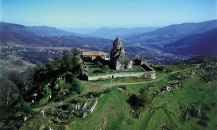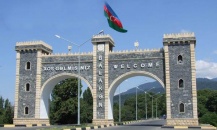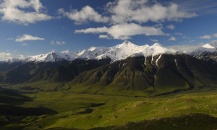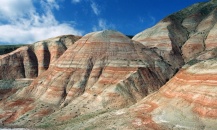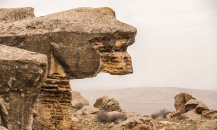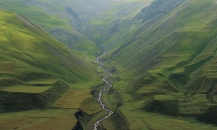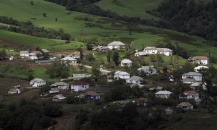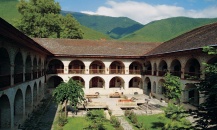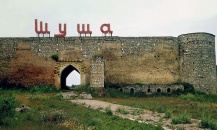
President of the Russian Federation Vladimir Putin presents the “Pushkin” Medal to Leyla Aliyeva

-
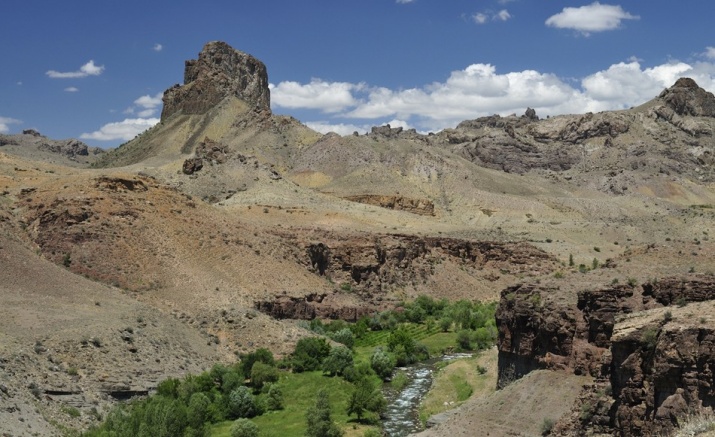
Nakhchevan
The region of Nakhchivan comprising the area of the Autonomous Republic of Nakhchivan shares a border with the Republic of Armenia in the north and east, the Islamic Republic of Iran in the south and the Republic of Turkey in the south-west. The region consists of the town of Nakhchivan and the following administrative districts: Babak, Julfa, Kangarli, Ordubad, Sadarak, Shahbuz and Sharur.
More -
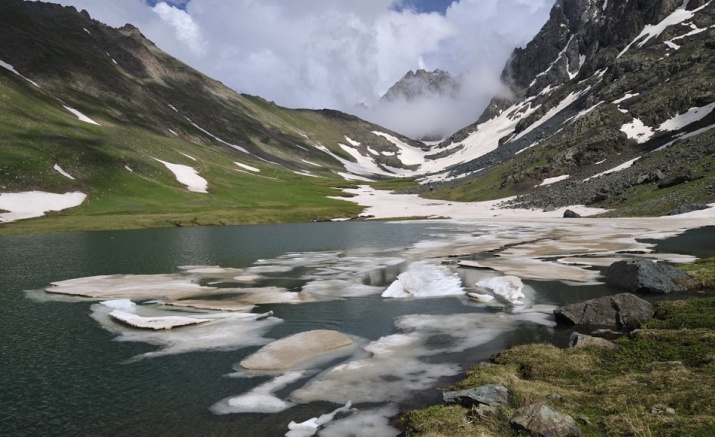
Nakhchevan
The region of Nakhchivan comprising the area of the Autonomous Republic of Nakhchivan shares a border with the Republic of Armenia in the north and east, the Islamic Republic of Iran in the south and the Republic of Turkey in the south-west. The region consists of the town of Nakhchivan and the following administrative districts: Babak, Julfa, Kangarli, Ordubad, Sadarak, Shahbuz and Sharur.
More -
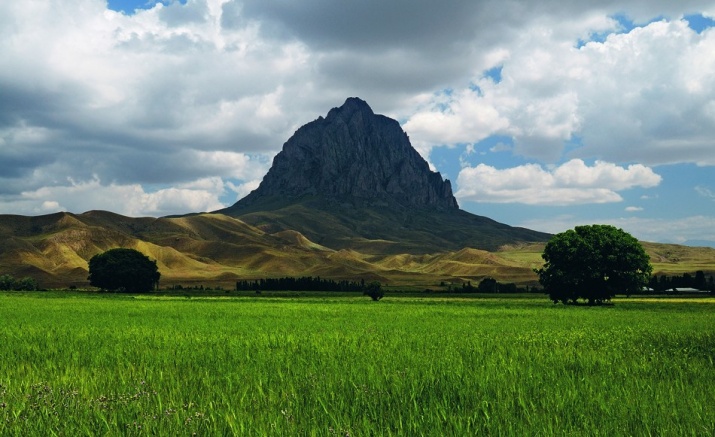
Julfa region Ilandag (2412 m)
Nakhchevan
The region of Nakhchivan comprising the area of the Autonomous Republic of Nakhchivan shares a border with the Republic of Armenia in the north and east, the Islamic Republic of Iran in the south and the Republic of Turkey in the south-west. The region consists of the town of Nakhchivan and the following administrative districts: Babak, Julfa, Kangarli, Ordubad, Sadarak, Shahbuz and Sharur.
More -
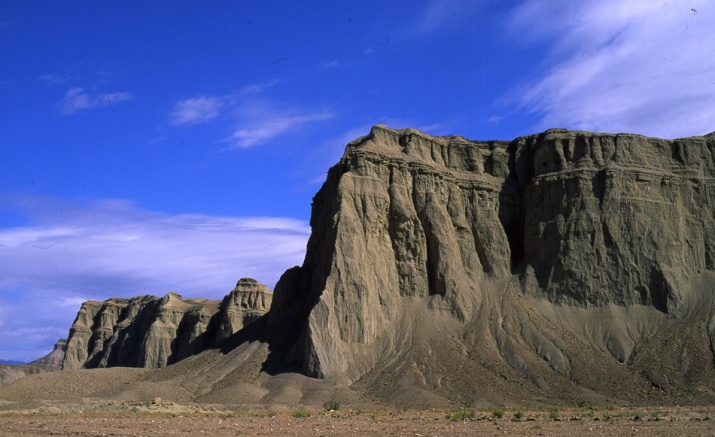
Nakhchevan
The region of Nakhchivan comprising the area of the Autonomous Republic of Nakhchivan shares a border with the Republic of Armenia in the north and east, the Islamic Republic of Iran in the south and the Republic of Turkey in the south-west. The region consists of the town of Nakhchivan and the following administrative districts: Babak, Julfa, Kangarli, Ordubad, Sadarak, Shahbuz and Sharur.
More -
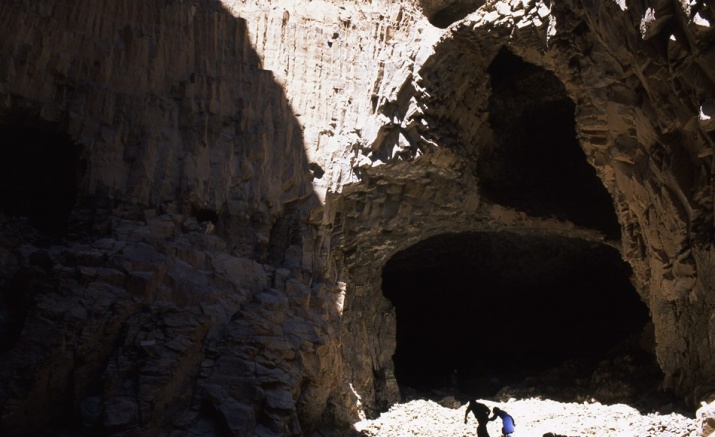
Nakhchevan
The region of Nakhchivan comprising the area of the Autonomous Republic of Nakhchivan shares a border with the Republic of Armenia in the north and east, the Islamic Republic of Iran in the south and the Republic of Turkey in the south-west. The region consists of the town of Nakhchivan and the following administrative districts: Babak, Julfa, Kangarli, Ordubad, Sadarak, Shahbuz and Sharur.
More
Nakhchevan
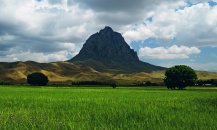
The region of Nakhchivan comprising the area of the Autonomous Republic of Nakhchivan shares a border with the Republic of Armenia in the north and east, the Islamic Republic of Iran in the south and the Republic of Turkey in the south-west. The region consists of the town of Nakhchivan and the following administrative districts: Babak, Julfa, Kangarli, Ordubad, Sadarak, Shahbuz and Sharur. The territory of Nakhchivan is one of the earliest areas of human inhabitation, and one of the starting points of human life on earth. Some astounding exhibits for any researcher are demonstrated in Nakhchivan’s various museums. A rug woven of a coarse wool with some mysterious patterns and inscriptions exhibited in the local carpet museum dates back to 2500 B.C. The local Museum of History boasts of pieces of Avesta, the Holy Book of the Zoroastrians. As the legend goes, Noah’s Arc dropped anchor at a place called Gemigaya (The Ship Rock) in Nakhchivan, 3906 meters above sea level. Multiple rock carvings of the Bronze Age period (3rd-2nd millennia) found in the vicinity of Gemigaya provide further evidence of the area’s ancient history. The cave of Gazma discovered in Nakhchivan has many mid-Paleolithic finds dating back to 100-40 thousand years B.C. Further archaeological excavations in Nakhchivan’s Kultepe 1 and Kultepe 2 localities revealed artefacts related to the early agricultural activities found among the ruins of an ancient city dating back to the 2nd millennium B.C. The territory of Nakhchivan was a part of the Azerbaijani State of Manna from the 9th century until the early 6th century B.C., followed by the state of Mada (Midya) in the 6th century B.C., and the Achaemenid Empire in the 6th-4th centuries B.C. Subsequently it became an integral part of Atropatena in the 4th-3rd centuries B.C. Since the 13th century A.D. the area was administered by different states, with the towns of Nakhchivan and Tabriz being the capital cities in various historical periods. Upon the region’s conquest by the Soviet troops, attempts were made to incorporate Nakhchivan’s territory to Armenia. However the Treaties of Moscow and Kars, signed in 1921 between the Soviet Socialist Republic of Russia and the Republic of Turkey, confirmed the status of Nakhchivan as an integral part of the Soviet Republic of Azerbaijan. Subsequently, following pressure from the former USSR authorities during the period of 1921-1929, a significant chunk of historic Azerbaijani lands in Zangazur and adjacent areas totaling 19.8 thousand square kilometers was handed over to Armenia, thus completely cutting Nakhchivan off from the mainland Azerbaijan. One of Azerbaijan’s ancient cultural hubs, Nakhchivan is known for its multiple historical landmarks, such as the Double Minaret (Gosha Minara, built in 1187), the Juma (Friday) Mosque, the Palace of Darulmulku (the Eldaniz Palace). Nakhchivan is the homeland of a famous architect of the 12th century, Adjami ibn Abubakr Nakhchivani. The Tombs of Youssif ibn Kusseyir (1162) and Momineh Khatyn (1186) designed by him in the town of Nakhchivan, laid the foundation for the local school of architecture. The entire town of Ordubad was declared a conservation and reserve area in 1977 due to the multiplicity of its historical landmarks. With its predominantly mountainous terrain, 30 percent of the territory of the Autonomous Republic of Nakhchivan is elevated 600-1000 meters above sea level. Known for its sharp continental climate, the area features some unique natural landmarks, such as volcanic domes of Ilandagh, Askhabi-Kahv, Sirab and Nahajir. The nature has not been sparing with her gifts to this region. Elements of all four seasons may be found here at Goygol even in summer. The lake of Batabat is renowned for its floating islands, whereas Nakhchivan’s Tillek Forest is rich with relic trees and plants. The balneological water resources of Nakhchivan are highly recommended for treating asthma, whereas the natural deposits of salt in the area of Duzdagh are estimated at 90 million tons.
© 2013 Leyla Aliyeva Official Website
All rights reserved. Any cited material must be url-linked to this site.

